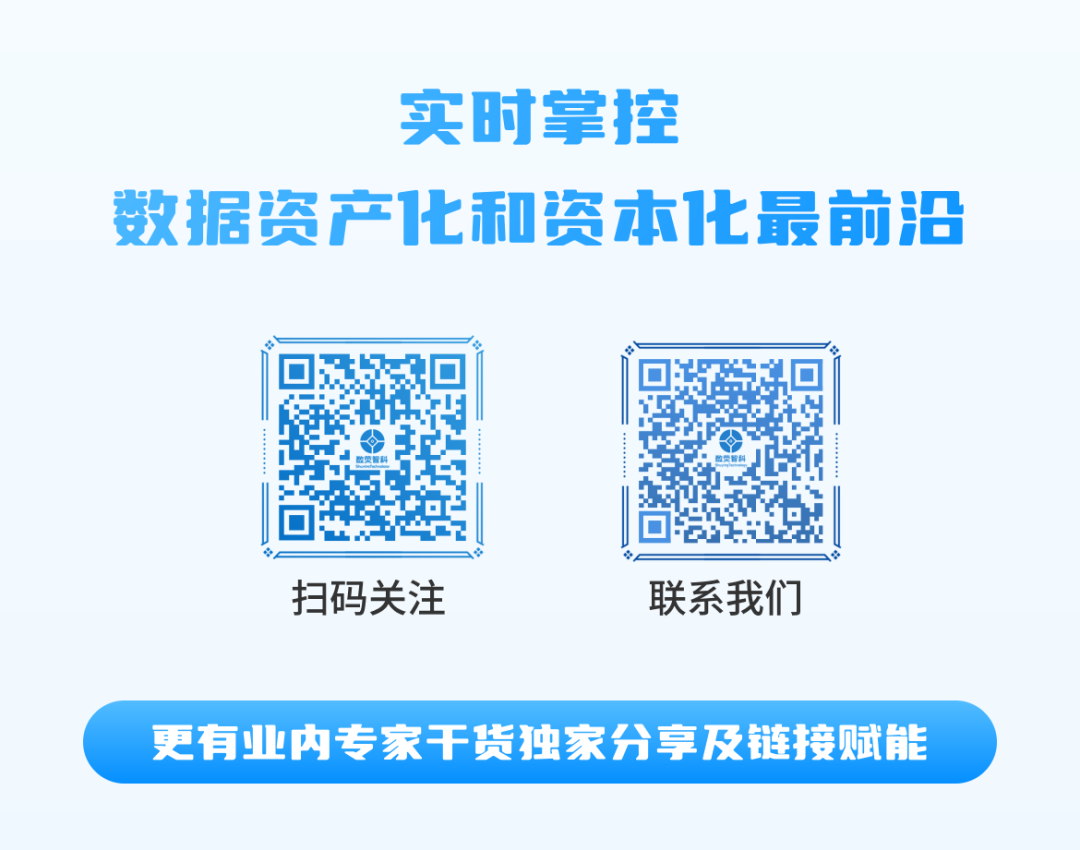
1. The “Efficiency Gap” in the Home Industry and AI Breakthrough Points
1. Device Management Dilemma▸ The collaboration rate of smart appliances is less than 30%, requiring users to switch between more than 5 apps to control different devices.▸ Energy waste is astonishing: ineffective operation of central air conditioning accounts for 45%, leading to an average annual excess electricity consumption of 1200 kWh per household.▸ Safety response is delayed: traditional smoke detectors have an alarm delay of over 60 seconds, with a false alarm rate as high as 35%.
2. Demand for Experience Upgrade▸ Lack of scene linkage: 92% of users desire an “movie mode” that automatically dims the lights and turns on the projector, but only 18% of households achieve this.▸ Insufficient services for the elderly: the coverage rate of fall detection for elderly living alone is less than 5%, with an average emergency response delay of 15 minutes.
2. The “Spatial Reconstruction” Four-Dimensional Solution for Local Deployment
1. Whole-House Smart Hub: From “Device Islands” to “AI Brain”
Hardware Configuration▸ Edge computing terminal: Horizon J5 chip + millimeter-wave radar, with a cost of less than 8000 yuan per household, supporting concurrent management of 128 devices.▸ Domestic solution: Feiteng D2000 server deployed in community data centers, covering 200 households, with a response delay of less than 30ms.
Core Functions▸ Behavior prediction: Using infrared sensors + posture recognition model to pre-activate bathroom heating (accuracy rate of 92%).▸ Energy routing: Dynamically allocating electricity usage priorities, increasing the utilization rate of photovoltaic household energy storage devices by 55%.
2. Energy Consumption Management: AI-Driven “Zero Carbon” Revolution
Prediction Model▸ A CAMTL-based electricity demand forecasting system that controls peak electricity error within 5%.Case Study▸ A certain smart community by Vanke reduced distribution losses by 38% through localized AI scheduling, saving 420,000 yuan in annual electricity costs.
3. Safety Protection: The “AI Guardian” of Living Spaces
Multimodal Monitoring▸ Visual detection: Identifying risks such as suspicious individuals loitering and pets climbing over balconies, with a night-time recognition accuracy of 95%.▸ Sound wave analysis: Glass shattering sound wave recognition response time of less than 1 second, 7 times faster than traditional solutions.▸ Emergency response: Automatically dialing property management/emergency services while sending family structure diagrams and medical records.
4. Services for the Elderly: From “Passive Response” to “Active Care”
Health Monitoring▸ Millimeter-wave radar non-contact monitoring of breathing/heart rate, with an abnormal data warning accuracy rate of 98%.Case Study▸ After deploying an AI fall detection system, a certain elderly care community improved emergency response speed by 4 times and reduced accident rates by 65%.
3. Practical Cases: The “Spatial Magic” of Localized AI
Case 1: High-End Residential CommunityConfiguration: Unisoc Cloud Engine + NeZha Development Board + 24-channel PLC-IoT controller.Results:▸ Automatic light adjustment: Combining weather/time/user habits, curtain opening and closing accuracy rate of 97%.▸ Energy consumption digital twin: Virtual simulation optimizing air conditioning operation strategy, reducing summer electricity costs by 28%.
Case 2: Elderly Care Renovation ProjectDomestic Solution: Kunlun Core 2nd Generation + State Secret SM3 encryption, localized storage of medical data.Innovative Applications:▸ Dialect interaction system: Supports 27 local dialect commands, reducing operation error rates for elderly living alone by 82%.▸ Medication management system: Smart pillbox + visual recognition, with a 100% timely reminder rate for missed medications.
4. Technical Configuration and Cost Accounting

Avoid Pitfalls Guide:▸ Be cautious with cloud-dependent solutions: High risk of local decision failure in offline scenarios, recommend edge-cloud hybrid architecture.▸ Prioritize data security: Use Trusted Execution Environment (TEE) to process biometric data, compliant with GDPR requirements.▸ Device compatibility testing: Establish Zigbee/Bluetooth/PLC multi-protocol conversion layers in advance to avoid device access failures.
5. Future Trends: The “Three Sensations” Evolution of Home AI
▸ Ubiquitous Perception: By 2026, nano-level gas sensors + AI will achieve real-time decomposition suggestions for formaldehyde/VOC.▸ Natural Interaction: EEG recognition + environment adaptation, automatically playing soothing music when users are fatigued.▸ Emotional Service: AI learns user emotional changes, automatically creating a warm lighting atmosphere on rainy days.
Conclusion
As AI deeply integrates into living spaces, the home industry is shifting from a “function-stacking” model to a “smart life” model. Whether it’s fall warnings in elderly care communities or energy routing in high-end residences, localized large models are transforming living spaces into “living entities” that can think and grow. As a founder of a smart home company said, “In the future, homes may no longer need control panels—because AI understands what you need better than you do.”
